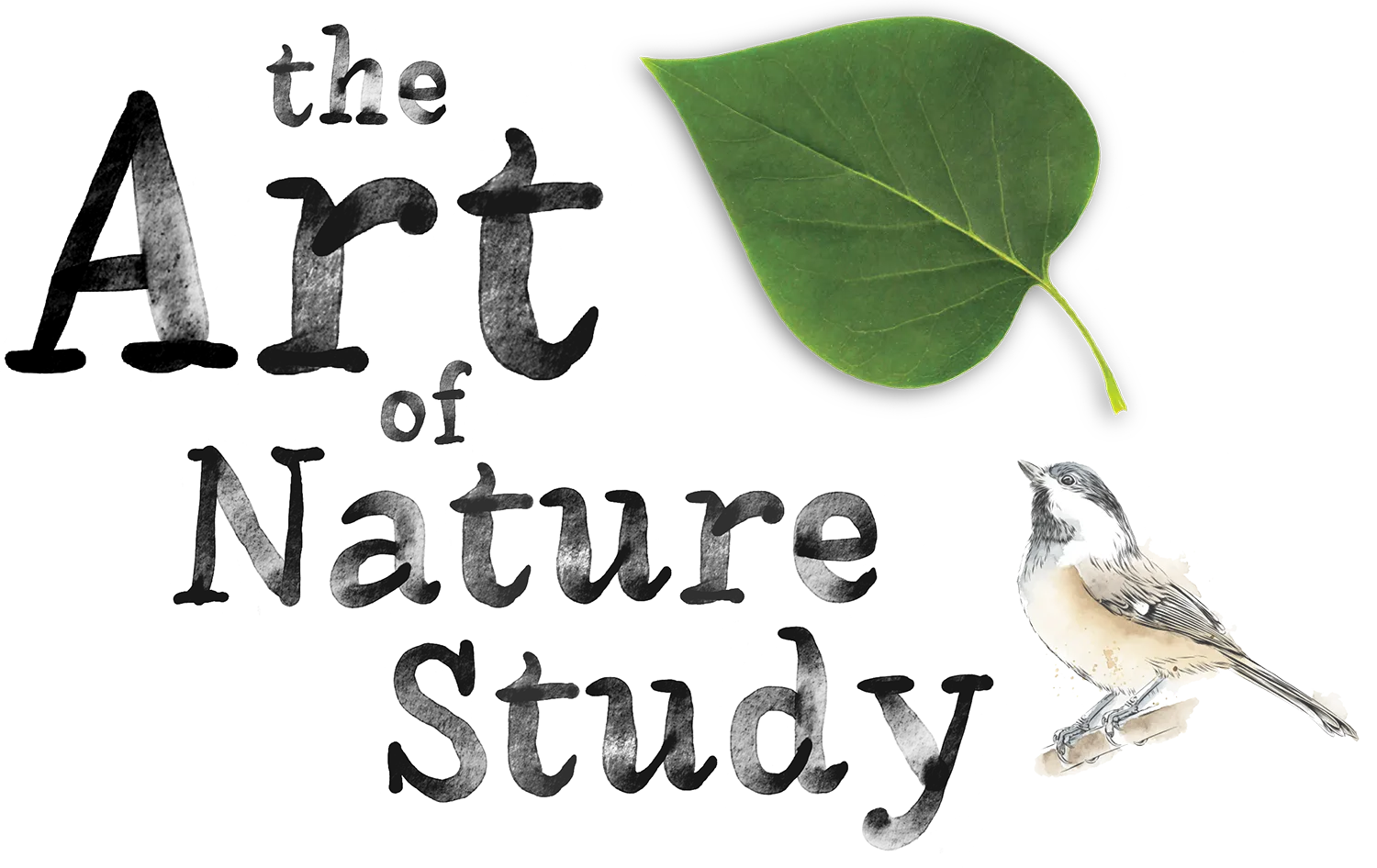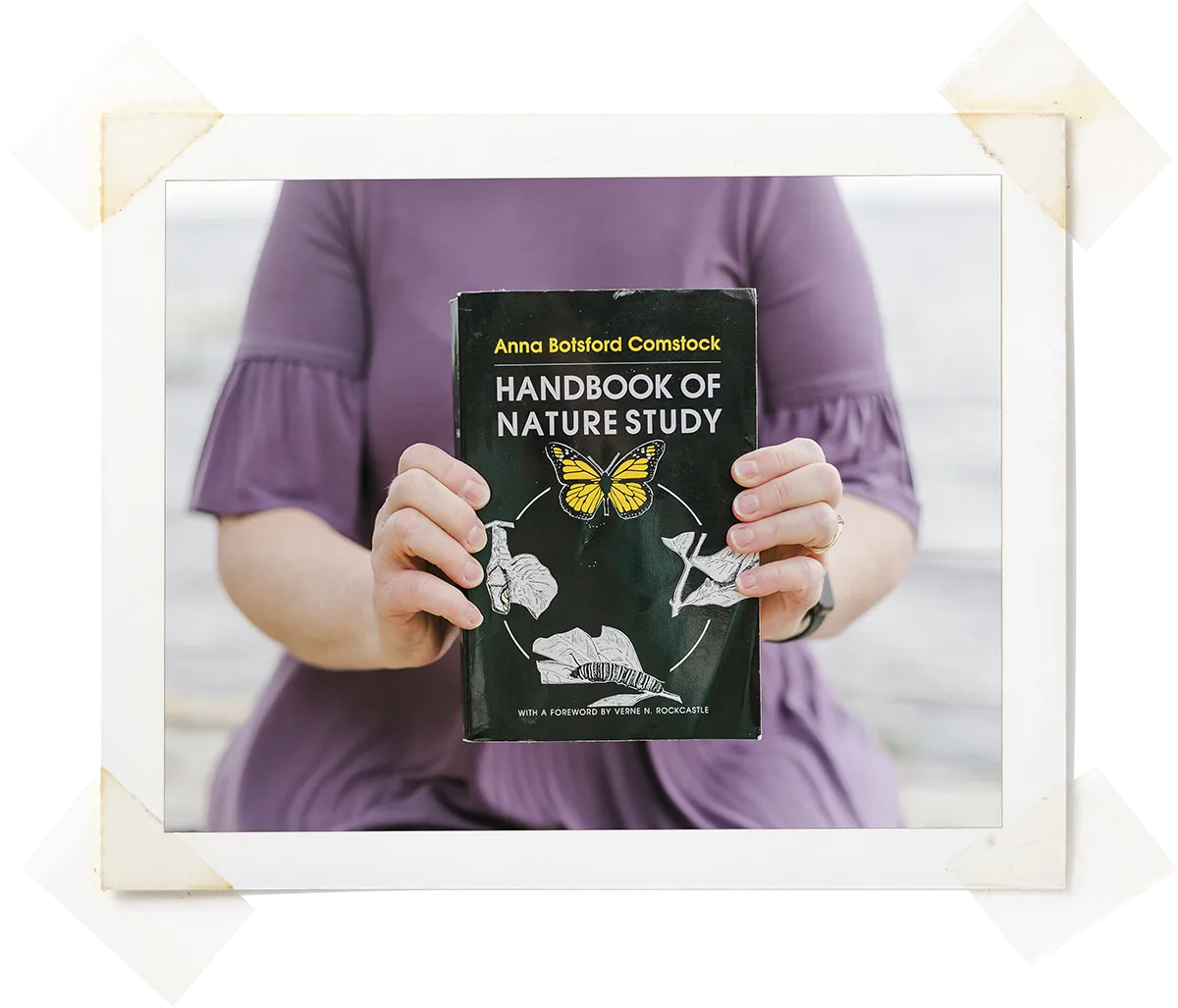With both art and nature study, children develop observational skills and eyes to see the beauty around them. Drawing, painting, and chalk pastels give kids a creative way to fill their nature journals with flowers, trees, birds, and more.
Tricia begins with the most “natural” place to start by answering the question, “How can I build a habit of nature study in our homeschool?”
Home Education in Modern English
volume 1, page 61
- One Tree
- One Bird
- One Flower
- One Insect
- One Mammal
during the homeschool school year. You can choose three of these to start with or do all five; it’s up to you!
Slowly, gradually, gently… it works! This way of structuring a bare-bones nature study keeps the pressure off as you begin to pursue regular nature study. Working through the study of one subject at a time builds confidence and knowledge in a way that isn’t overwhelming.

You can apply this idea to any areas of nature study that you wish. You can try a reptile or a fungus or a constellation. The beauty of easing into nature study with your children is that you can follow their interests.






